Saturation Vs Vibrance | Lightroom Tutorials #9
Difference between Vibrance and Saturation in Lightroom. Though both control color, the way they do it is completely different. In this episode, I'll explain the fundamental difference and most importantly what to use when.
For complete series of Lightroom Tutorials for Beginners, here's our playlist: https://goo.gl/tiKLB8
If you enjoyed the content, do consider subscribing: https://goo.gl/94umrc
Both Vibrance and Saturation is located in the Presence area in the Basic Panel in Lightroom. It can also be found in Photoshop and other Photo Editing Applications or Programs. People often get confused between them because both of the parameters control the color of the image and increasing or decreasing either of them increases or decreases the intensity of colors in the image accordingly. But if you have ever tried to do it , you would find out that the way they enhance the color is completely different.
In this video, we'll also look at the difference from the perspective of the histogram. Understanding the difference between them is very crucial as you need to know not only what to use when but also how to use it.
When you increase Saturation, the color in each pixel is amplified. On the other hand, when you Increase Vibrance, the color of only those pixels amplify which are in the mid-tones. The extreme highlights or shadows are never affected when playing with the vibrance slider. You might have observed that when you increase saturation too much, the highlights and the shadows start showing crazy colors and sometimes the colors even clip. Color clipping happens when there is so much of color in the image that one cannot see any details.
Looking at the histogram, vibrance slider only affects the middle whereas the effects saturation slider can be noticed throughout the tonal range. Outlining the differences between vibrance and saturation allows you to properly enhance colors in Lightroom or Photoshop without clipping or the colors looking strange and too vivid. We are going to look at a couple of examples to understand the differences better.
SO, GET READY FOR A FIGHT!
For complete series of Lightroom Tutorials for Beginners, here's our playlist: https://goo.gl/tiKLB8
If you enjoyed the content, do consider subscribing: https://goo.gl/94umrc
Both Vibrance and Saturation is located in the Presence area in the Basic Panel in Lightroom. It can also be found in Photoshop and other Photo Editing Applications or Programs. People often get confused between them because both of the parameters control the color of the image and increasing or decreasing either of them increases or decreases the intensity of colors in the image accordingly. But if you have ever tried to do it , you would find out that the way they enhance the color is completely different.
In this video, we'll also look at the difference from the perspective of the histogram. Understanding the difference between them is very crucial as you need to know not only what to use when but also how to use it.
When you increase Saturation, the color in each pixel is amplified. On the other hand, when you Increase Vibrance, the color of only those pixels amplify which are in the mid-tones. The extreme highlights or shadows are never affected when playing with the vibrance slider. You might have observed that when you increase saturation too much, the highlights and the shadows start showing crazy colors and sometimes the colors even clip. Color clipping happens when there is so much of color in the image that one cannot see any details.
Looking at the histogram, vibrance slider only affects the middle whereas the effects saturation slider can be noticed throughout the tonal range. Outlining the differences between vibrance and saturation allows you to properly enhance colors in Lightroom or Photoshop without clipping or the colors looking strange and too vivid. We are going to look at a couple of examples to understand the differences better.
SO, GET READY FOR A FIGHT!

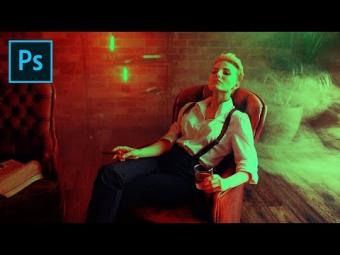
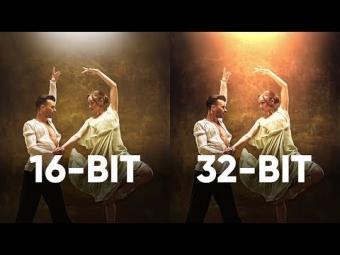



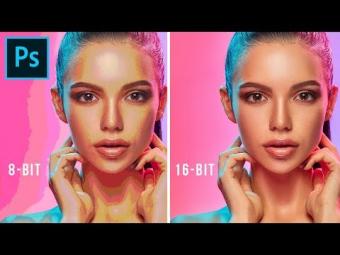
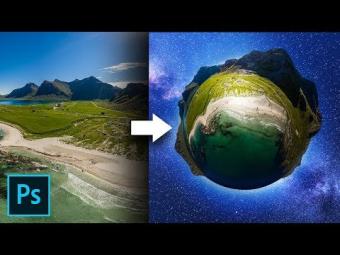
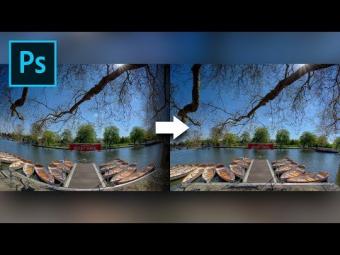
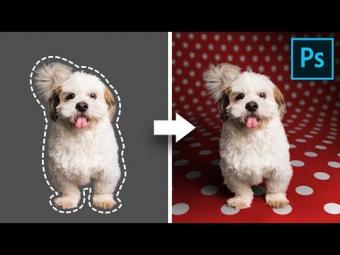

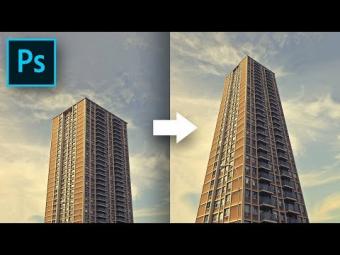










YORUMLAR